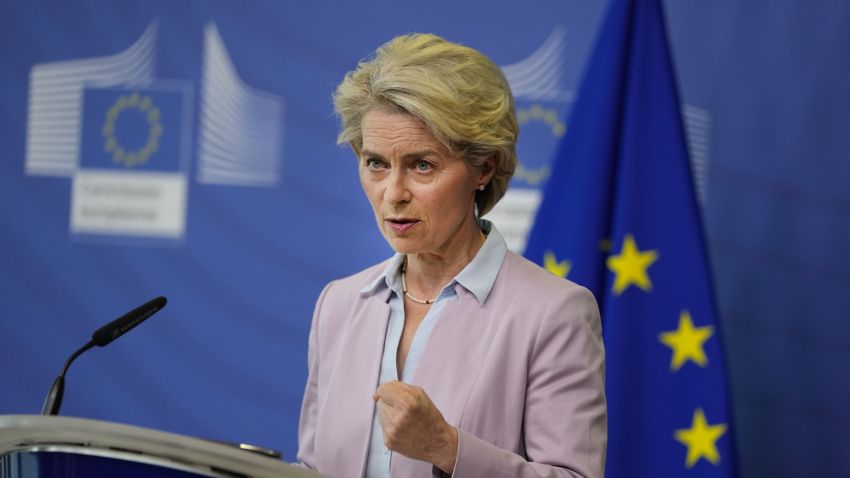Documents are flying around Brussels this week with various proposals to resolve Europe’s energy crisis, ahead of a pivotal emergency meeting of the European Union’s energy ministers scheduled for tomorrow. The ministers are expected to take unprecedented steps that could include a “Robin Hood” tax on energy companies’ windfall profits, a cap on the price of Russian gas, a decoupling of gas and electricity prices within EU energy markets, intervention by Brussels in the EU carbon emissions market, as well as a move to shut down large segments of industry in order to ration energy for domestic consumption.
Much remains unknown about how painful the months ahead will be for Europeans. It might come down to a variety of factors, including how cold the coming winter gets, how flexible the liquefied natural gas market is, and how much nerve Russian President Vladimir Putin has when it comes to sacrificing billions of euros of export revenues by cutting off gas supplies to Europe.
In some ways Europe is in an advantageous position. The EU’s early legislation requiring its members to rapidly fill up their gas storage facilities has resulted in an unexpectedly high 80 percent capacity by the end of August six times higher than what it usually is at this time of year. The EU also has more leverage over Russia when it comes to natural gas trade than is commonly assumed. All of Russia’s western gas fields are connected by pipelines to Europe, and Russia lacks the liquefication facilities to transport gas supplies by ship elsewhere. Because gas wells can’t be turned off, if Moscow doesn’t transport the natural gas to Europe, it will have to burn it. This is already happening as a result of the EU’s directive for member states to cut back on their imports of Russian gas.

